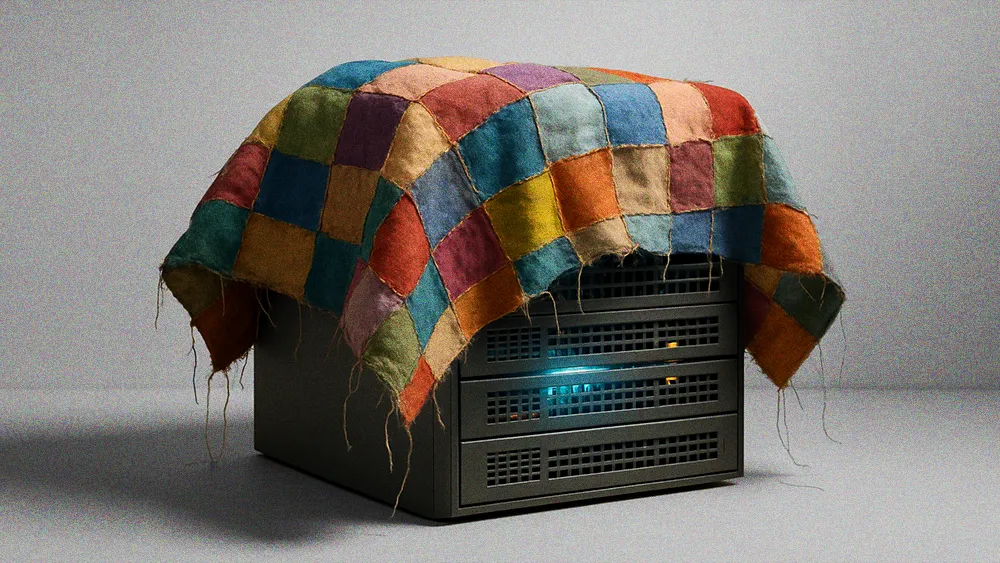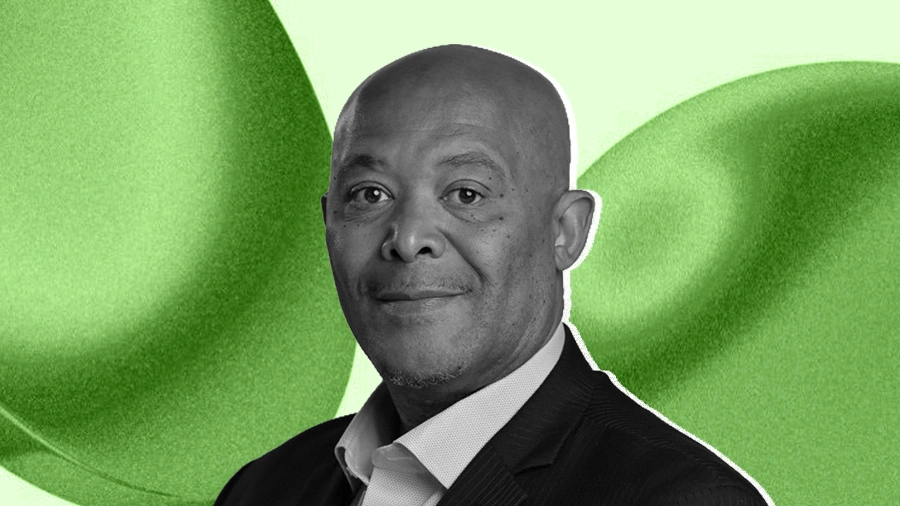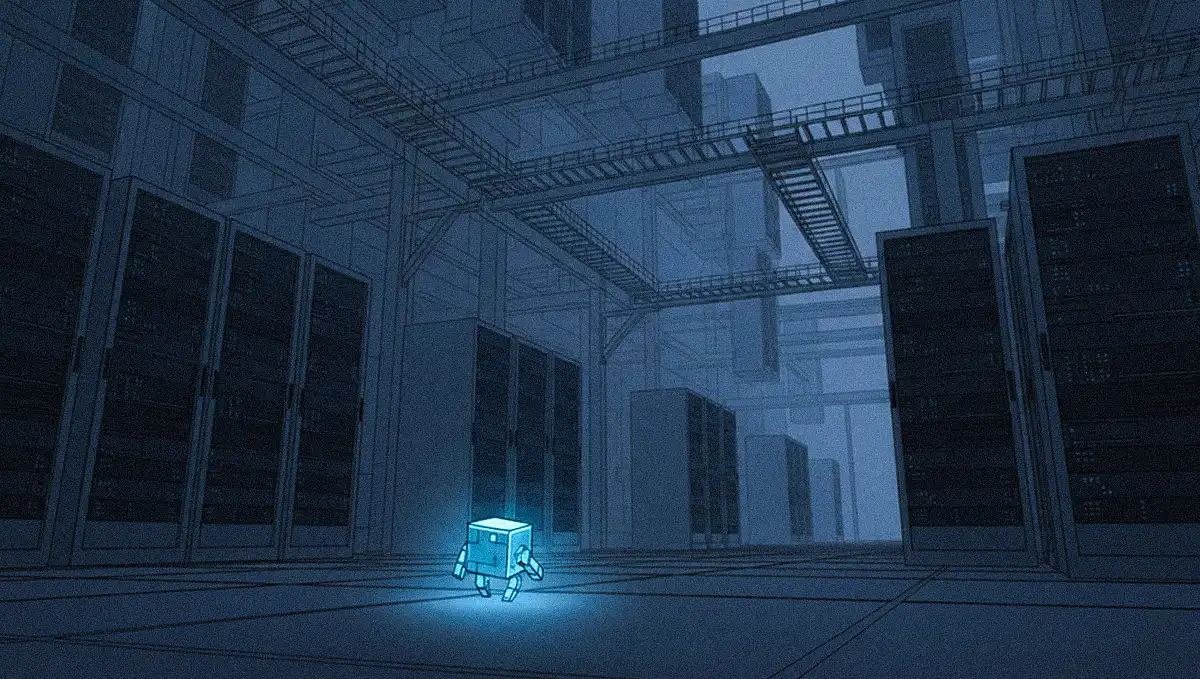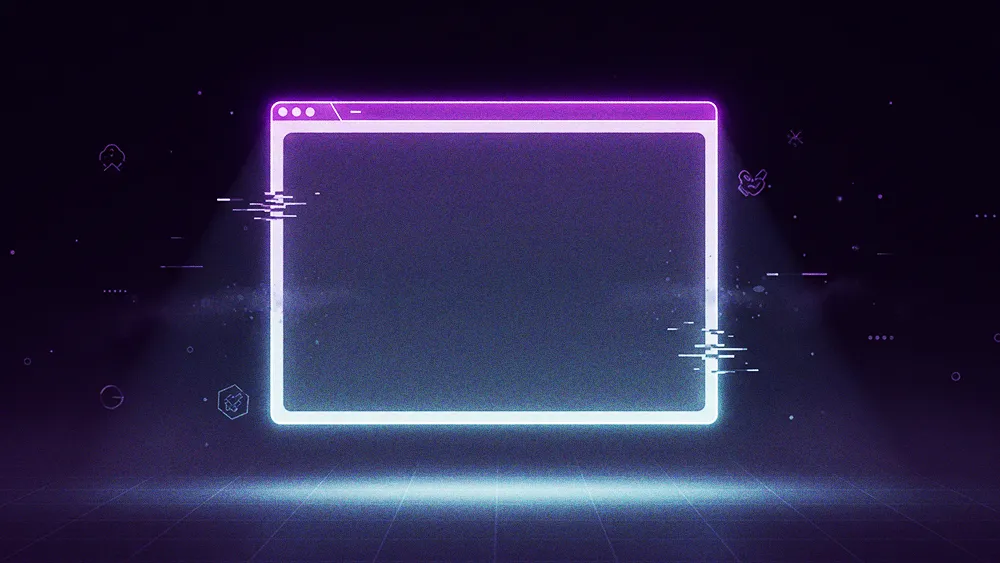Back to New Tab
How a Senior Telecom Engineer Spots Security Risks Hidden in 'Patchwork' IT
Enterprise Security
Catharina Cerny, Senior Engineer at Verizon Enterprise Solutions, explains why existing security practices may not withstand future AI threats.

Everybody's making a tiny patch here, a tiny patch there. But nobody really has the whole picture. Then, when gaps get overlooked or forgotten, projects fail. All due to a simple lack of communication.
*The views and opinions expressed by Catharina Cerny are her own and do not necessarily represent those of her former or current employers.
Enterprises stuck on AI may be caught in a web of their own making. Having created a patchwork of tiny IT fixes scattered across organizational silos, most face massive blind spots today. Now, some experts say the future of security and business resilience depends on an enterprise architecture that can untangle the complexity of systems and processes for a panoramic view. The challenge is especially acute in telecommunications, where evolving threat profiles are forcing providers to reevaluate their visibility into cybersecurity risk.
For a practitioner's perspective on the problem, we spoke with Catharina Cerny, Senior Engineer in Global Advanced Technology Support at Verizon Enterprise Solutions. With over 20 years of experience in network engineering, cybersecurity, and cloud solutions, Cerny's expertise blends a unique combination of deep engineering knowledge and modern threat analysis.
A patchwork anatomy: When businesses operate in silos, they create a 'patchwork' of solutions where no single person or team has a holistic view, Cerny explains. The result is a level of fragmentation she describes as an exponentially growing security nightmare. "Everybody's making a tiny patch here, a tiny patch there. But nobody really has the whole picture. Then, when gaps get overlooked or forgotten, projects fail. All due to a simple lack of communication."
According to the EY 2024 Telco of Tomorrow, senior telecom executives rank 'poor internal collaboration' as the second-biggest barrier to transformation, surpassed only by a lack of budget. But the patchwork approach also creates a dangerous false sense of security, Cerny says. Existing procedures might feel resilient, when, in reality, they're often an inadequate defense against the new generation of AI-driven threats. The vulnerability is especially critical in Cerny's industry, where 57% of telecom companies are concerned about the impact of security attacks.
The 20% that kills: Most systems can handle most incidents right now, Cerny continues. But soon, the exceptions will be catastrophic. "Most big companies aren't very flexible. They have their procedures, and in 80% of all cases, they get the job done. But in the future, they'll be lost. That 20% is what will kill them."
A trust barrier: Process is part of the problem, but the core issue remains a human one. More specifically, Cerny identifies the lack of communication as a symptom of a much deeper cultural deficit preventing critical information sharing across teams. The real problem is a trust issue, she says.
As one solution, Cerny proposes creating a task force to foster the very trust and communication that's missing. As AI-driven systems dissolve traditional organizational boundaries, enterprises must design new structures to eliminate the blind spots, she explains.
The seeds of change: Start by creating a dedicated, cross-functional team with members from all major departments (IT, security, HR, marketing, etc.), Cerny says. "Include people from every silo to exchange knowledge based on their different perspectives, backgrounds, and histories. Then, split their time 50/50 between the task force and their original teams to plant the seeds of change."
However, even the best task force is doomed without empowered leadership, Cerny cautions. Too often, CISOs are handed immense responsibility only to be sidelined in guidance-only roles. Without the direct authority to enact real change, most tech leaders face an impossible task, she explains.
A security checkbox: The power vacuum leads to performative 'checkbox security,' according to Cerny. But, in many cases, the illusion of safety is precisely what leaves the organization exposed. As an example, she describes disengaged security training. "It's not enough to check a box and say, 'Okay, everybody has security training, so we're fine.' No, that's by far not enough."
Already, the financial consequences are becoming more tangible. For example, Cerny explains how the threat of insurance agencies refusing to cover breaches due to negligence can be a powerful motivator for management to respond with more urgency. Nevertheless, a top-down approach will be essential for transformation, she concludes.
To help build the bridges currently missing, Cerny offers a final piece of advice for leaders: real change can start small. "Begin by appointing one person who is open, communicative, and can see other perspectives on each siloed team. Working together, they can lay the groundwork from the bottom up for cultural change on a larger scale."



